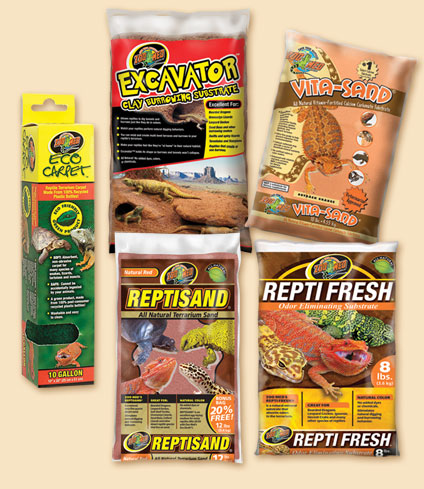What do Bearded Dragons Eat In The Wild?
Captive Bred Bearded Dragon
Maintaining Health
Live Food
You can purchase live feeder insects from our brick and mortar pet store, Phil’s Pets.
Beardies can eat crickets, mealworms, superworms, wax worms, butterworms and horned worms. Be aware that feeder insects like mealworms or superworms have a harder exoskeleton making it harder for a beardie or other lizards to digest. These types of worms are not to be fed as a daily diet but rather as a nice treat. When they are a little older bearded dragons will also eat “pinky” mice, which are small newly born mice.
Always ensure that you have no extra feeder bugs or other leftover foods in the beardie’s enclosure. Insects that are not eaten may burrow in the substrate. This is a problem as it then becomes grounds for breeding bacteria posing a health risk to the lizard.
Be sure that you ‘poopNscoop’ every day to ensure the cleanliness of the enclosure. This will help preserve the integrity of the substrate/bedding. Below is a variety of suitable substrates for bearded dragons but there are many more different substrates that you can research on our site.





